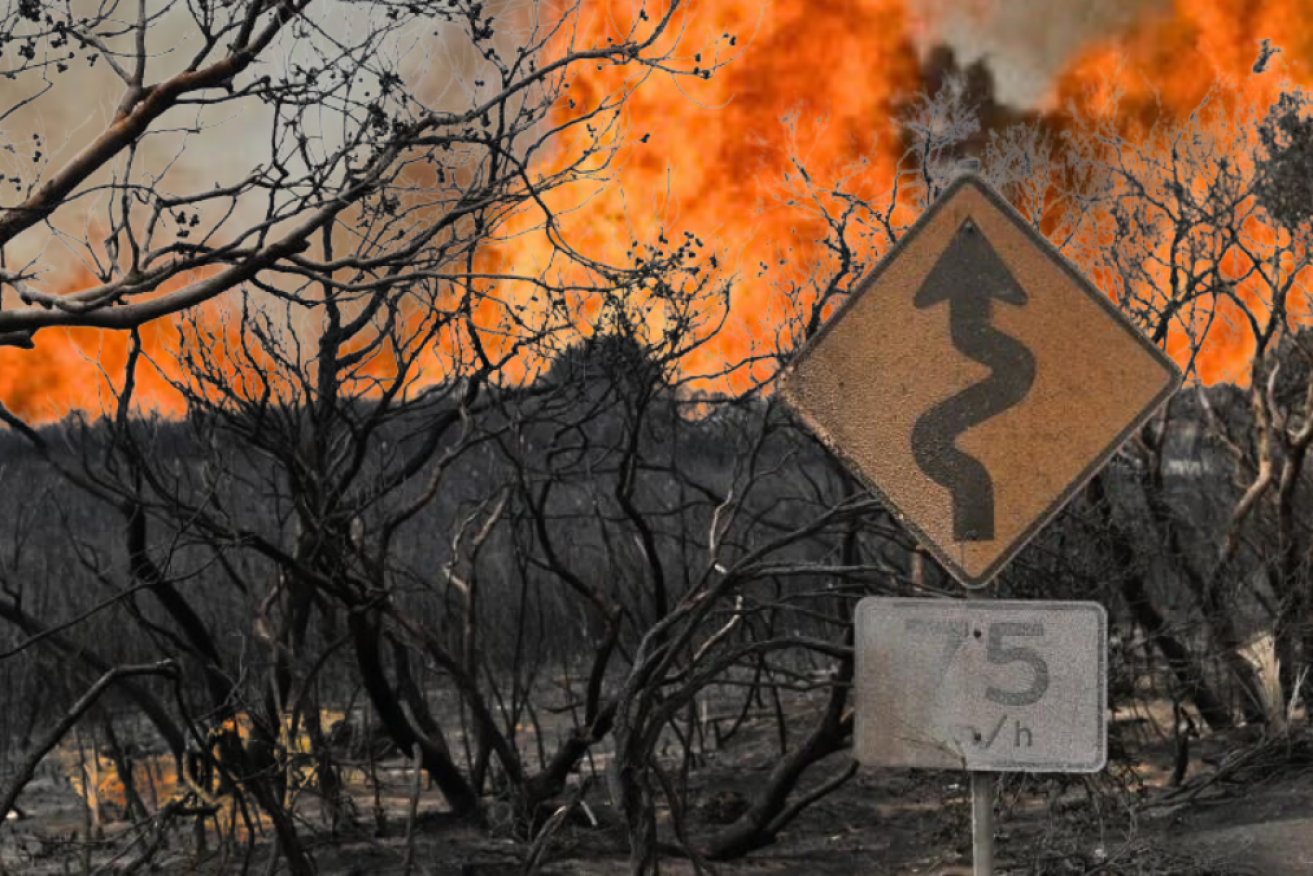Extract from ABC News

Tens of thousands of Australian properties are currently uninsured against flood, fire or cyclone damage. Most have bank mortgages.
At the time of the last federal election it was estimated that 14,000 properties north of the the Tropic of Capricorn were uninsured , prompting the development by the Morrison government of a $10 billion federal parametric reinsurance instrument to prop up the failing overseas re-insurance market – critical to the issuance of onshore insurance cover.
That is said to have failed its first test following Cyclone Jasper in far north Queensland, as a consequence of a 48-hour damage clause.
Numbers of uninsured properties have skyrocketed in the past two financial years. According to the Institute of Actuaries, there have been premium rises of 25 per cent across the board and 50 per cent in disaster-prone areas.
At some point the banks will have to act on loans to domestic properties and businesses that are uninsured – it’s a bank loan requirement to insure your business and or property. Or they themselves will face having contingent liabilities on their books.
The crunch is coming
To date, the size of the risk hasn’t been significantly material to qualify the banks’ financial statements. But rest assured, actuaries and lawyers will have their say and, at a minimum, notes to annual financial accounts will start to appear. Crunch time is just around the corner.
In October last year, the Reserve Bank of Australia noted in its Emerging Threats to Financial Stability Report that “a particular domestic focus in the period ahead will be the insurance sector. Insurers can quickly reset premiums or withdraw coverage from high-risk regions”.
As a consequence of this emerging risk, the RBA and the Australian Prudential Regulatory Authority are undertaking a climate risk study with insurers. That’s a big red flashing light in my book.
The Climate Council reported in 2023 that since the 2019- 20 Black Summer bushfires there had been 788,000 climate-related insurance claims in Australia and that trend was unsustainable.
At the same time, McKinsey & Co claimed the effects of climate change are here. Furthermore, that stronger and more frequent natural disasters are putting the insurance system at risk.
Finally, former RBA official and now chief economist with Challenger Jonathan Kearns recently said: “The potential withdrawal of insurance and financial services to households and businesses at most risk from flooding and bushfires will create a big headache for governments. Banks and insurers need to advocate to restrict building in disaster prone areas and for the expansion of federally funded reinsurance pools.”
It’s not just probable, but most likely, that property insurance will be either prohibitively priced or non-existent in northern Australia by the end of the decade, if not earlier.
Moreover, large swathes of southeast Queensland will also be under the pump. As I have previously reported, the London reinsurance market has lost $100 billion globally in the past two financial years.
The system is at breaking point. The banks calling in mortgages will be the last card to fall. To date, the banks remain publicly mum on the subject. But for how long will that be the case?
Lismore on steroids
Queensland Premier Steven Miles has called the federal scheme a failure. I characterise it as a good idea that failed.
Meanwhile, Assistant Federal Finance Minister Stephen Jones has said the RBA-APRA probe will hold additional meetings in the far north. Most importantly he stated: “As a country we have to face up to it. We’ve got a rude shock coming if we don’t.”
Thousands of homeless disaster refugees will be unacceptable to our society. Imagine Lismore on steroids. The problem will get larger after every disaster, uninsured then homeless is a dastardly quinella of catastrophe.
The banks, insurers, global re-insurers and the federal government need to sort this looming catastrophe, and soon. They must act immediately after the the RBA-APRA probe is complete. Partnership and innovation are required, and soon.
This was originally published by InQueensland.
Greg Hallam is a former chief executive of the Local Government Association of Queensland. He writes regularly for InQueensland.
No comments:
Post a Comment